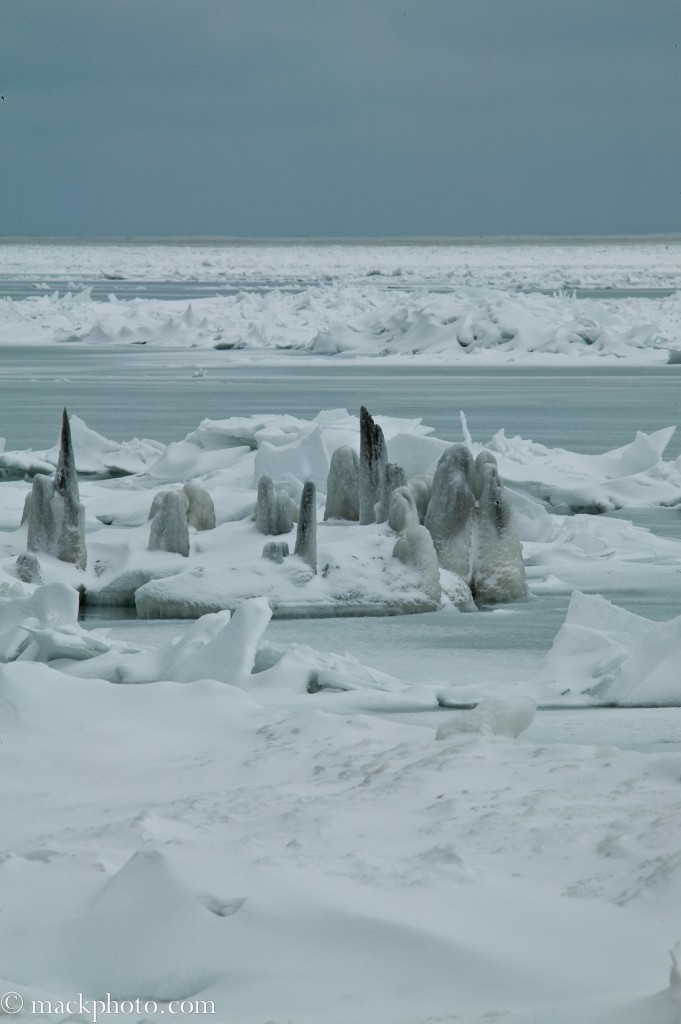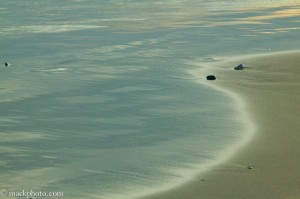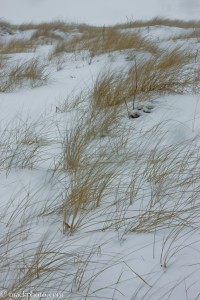This year I am really focused on a new project and book on all five Great Lakes, currently titled Twenty/Ninety-Five, The Great Lakes Landscapes. This book will focus on the fact that 20% of the world’s fresh water and 95% of North America’s fresh water are held in these five bodies of water. Think about that. Twenty percent of all the fresh water in the world. Include all the lakes, ponds, streams, rivers and snow and 20% of the water sits in these lakes. And currently there are 42 million people who live along these lakes. Indeed mankind has lived on these lakes for thousands of years yet it is only in the last few centuries that mans impact has been felt in such great ways. I want to look at that impact and how we can insure that our children will have the same benefit of these lakes and natural areas. The book will look at the statistics on the lakes and focus on both the natural and wild areas in the lakes watershed and on some of the cities and industries which lie along the lakes, including how we use the lakes for recreation and commerce. I intend to blog along the way on this project. And since the first trip is upon me next month it is time to start. I hope you’ll join me on this voyage and follow my blog as I examine these great lakes of ours. Like most who live along the lakes for most of their lives I have not been to most of the 10,000 miles of shoreline. I will enjoy opening up my eyes to new places. I hope folks will share their thoughts of their favorite places on the lakes as we go along as well and I invite everyone to leave comments on posts they enjoy or with places they love. This is also an evolving project, one not limited to a book, but to the possibilities of an e-book with video, gallery shows of images and art installations, writings from those working to save the lakes and research the ecology of the lakes. Now a lot of folks who know me know I’ve been working on this off and on for the last few years, but now it is time to really get serious about it and concentrate on this project. So the adventure begins…
The other day a friend asked me, “So what did you do today?” My answer was complete with all the tasks we undertake during a day and also included my work on my next big project of photographing the Great Lakes. As I explained I was preparing for a trip around Lake Superior in late February she was surprised at how much planning I was doing. Yet to make sure you come back with images you can use and not just nice snapshots from your trip you need to plan. And planning takes time and energy.
I look first to the stars. Will the moon be full during my trip? If I want to have a chance at a full moon shot where do I think I want to be when it happens? Do I need to change my dates for the trip to get a better chance for being in the right place at the right time? What is my goal for this particular trip? Then looking at maps, books on the area, online websites you begin to make a determination for where you want to go. In this case it is even more challenging because I have not been to the Canadian side of Lake Superior and do not know what access I might have in the winter. Searching blogs and online sites gives me some idea. Certainly there will be a lot of serendipity involved in a trip of this kind, from the weather and the light, to the ice flows themselves and my access to the lake. All I can do is prepare myself the best way possible and know the maps and my own game plan. Will it change mid trip? Probably, but with proper planning I can know why and where to turn next. And then serendipity can play with me and I will be ready to capture those intimate moments because I had a game plan in the first place.
The trip is scheduled to start the weekend of February 25th. So for now you can see some of the shots I have done in the past on the Great Lakes using this link to a portfolio of images on my website. http://www.mackphoto.com/Creative/l-lakes.html (sorry this is in Flash so those with iPads or iPhones won’t see it until they use another way)
I look forward to hearing all of your thoughts on this project!
Peace,
Richard








